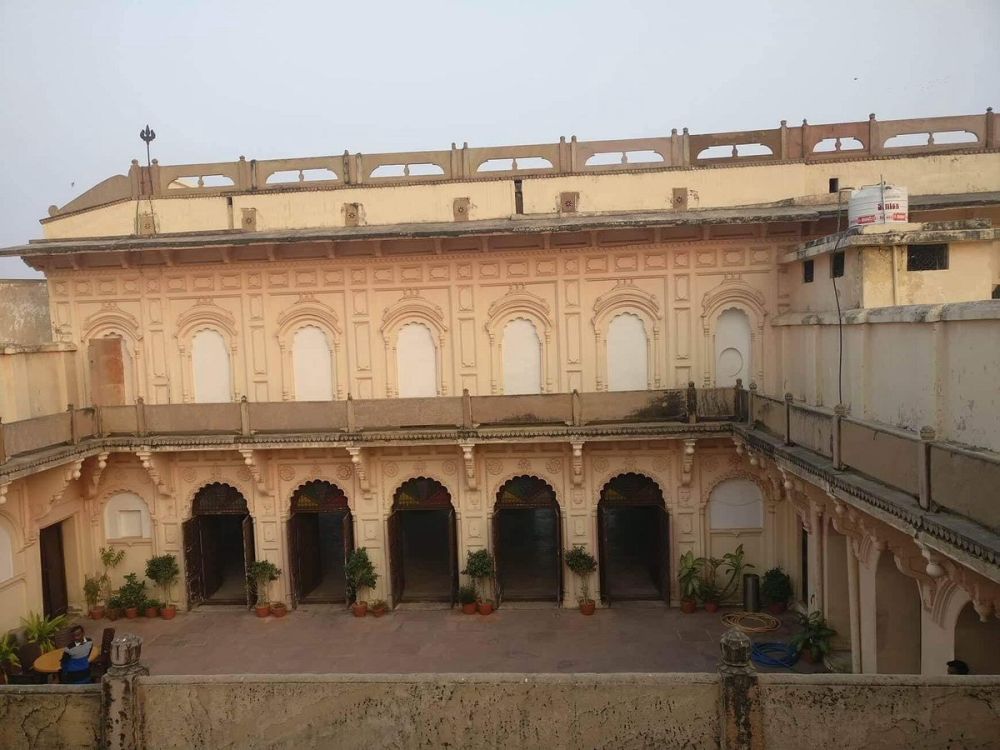

Varanasi, one of the oldest living cities in the world, has been a focal point for culture, spirituality, and history in India. Among its assorted cultural and historical marvels is the Man Mandir Observatory, a testament to the ingenuity of ancient Indian astronomers. Located atop the Man Mandir Ghat, which abuts the sacred Ganges, the observatory is a fascinating destination for travelers interested in astronomy, architecture, and history.
The Man Mandir Observatory was built by Maharaja Jai Singh II of Jaipur in the early 18th century. This ruler, known for his keen interest in astronomy, mathematics, and architectural innovation, constructed a total of five such observatories, known as Jantar Mantars, in different cities – with the one in Jaipur being the largest. The Varanasi observatory was established in 1737 and is a reflection of the scientific advancements of the time.
The observatory consists of a collection of architectural astronomical instruments, which were used to record the motion of the sun, moon, and planets, and compile astronomical tables. These structures, made entirely out of stone and marble, have withstood the ravages of time and still speak volumes about the scientific acumen of ancient India.
Tourism in Varanasi is as old as the city itself, with pilgrims and travelers drawn to its spiritual essence for millennia. Historic records indicate that the influx of tourists, researchers, and academics increased significantly with the establishment of the observatory, given its uniqueness and scientific value. Today, it remains an intriguing stop for those touring the ghats and temples of Varanasi.
Visitors to the observatory can marvel at the precision and sophistication of the instruments such as the Dhruv Yantra, Nadivalaya Yantra, Chakra Yantra, and Samrat Yantra, among others. Such a visit offers an educational perspective on astronomical practices and the historical confluence of science and religion in Indian culture.
In recent years, heritage tourism has seen a significant uptick in Varanasi, as travelers from around the globe seek to experience the profound cultural legacies of India. The government and local bodies have taken numerous initiatives to restore and preserve the Man Mandir Observatory and its surrounding areas to make it more accessible and informative to visitors.
The latest trend includes the use of virtual guides and augmented reality to enhance the visitor experience, offering an interactive layer of understanding to the historical significance of the site. Further, combined tours that include boat rides on the Ganges and visits to other noteworthy ghats and temples have become increasingly popular.
Man Mandir Observatory in Varanasi stands as a proud testament to the scientific curiosity and architectural prowess of ancient India. Its role in tourism has evolved over the centuries, but it remains an iconic draw for those intrigued by the stars and stories of the past. For star gazers, history buffs, and cultural explorers, the observatory offers an extraordinary voyage through time and cosmology.